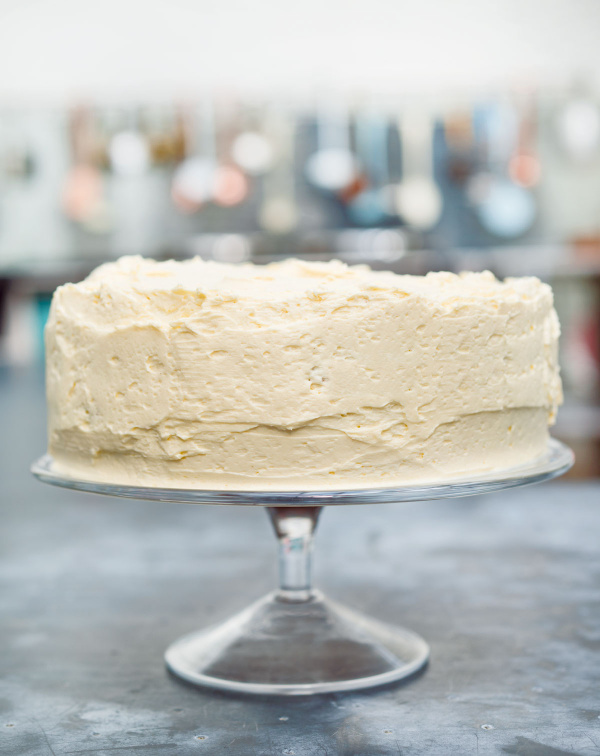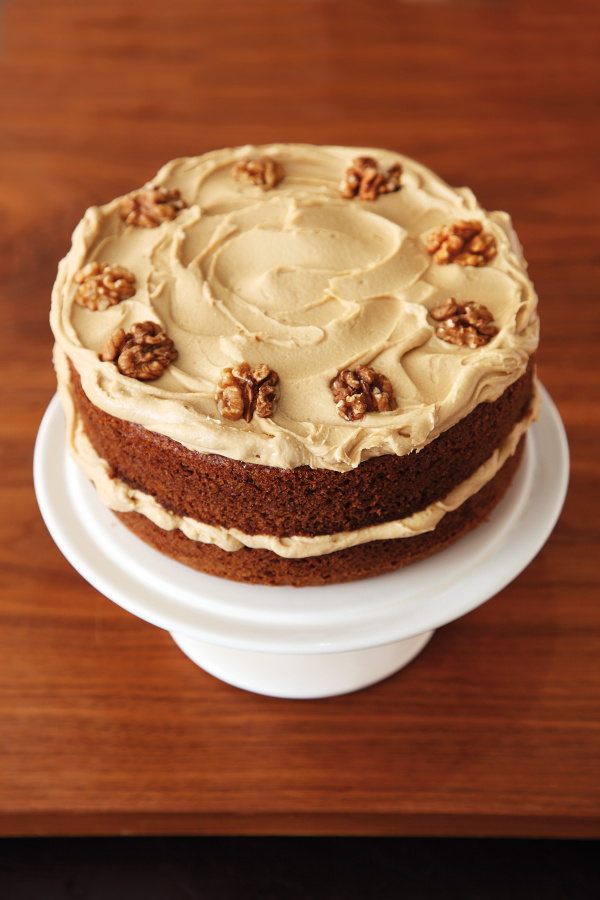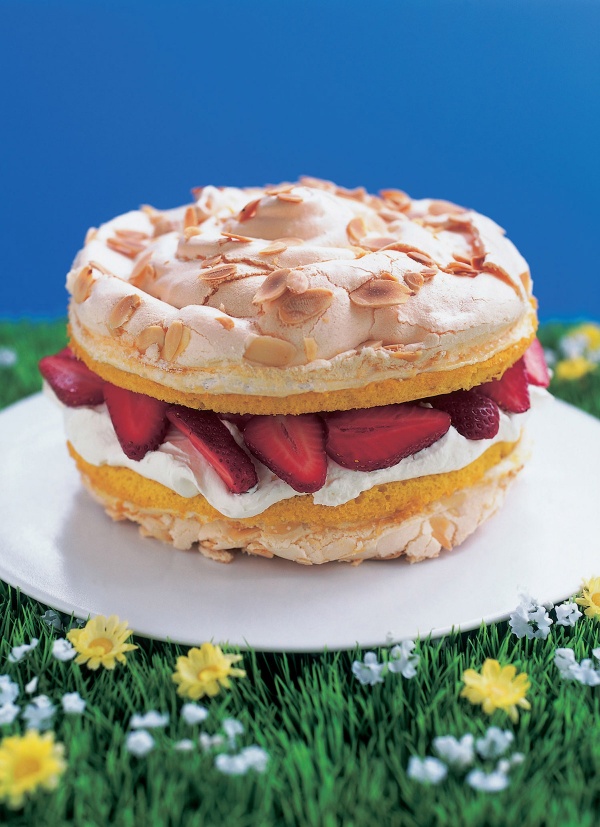Full question
Hi Nigella and Team, I recently made the Vanilla Layer Cake with Ermine Icing from At My Table. A common type of vegetable shortening in Australia - and the only one I could find - is Copha which is hydrogenated coconut oil. I left the butter and shortening out to come to room temperature. While the butter softened the Copha remained hard. I attempted to beat a small amount of each together but the shortening wouldn't blend completely. I tried softening the Copha in the microwave, but it melted instead of softening. I ended up melting the Copha, cooling it, then beating it in after the sugar. The cake turned out absolutely fine. My question is, are all shortenings the same? Is there another type I could use that would soften and work as per the recipe? I am wondering if I misunderstood something in the recipe? Thank you.
Our answer
Nigella's Vanilla Layer Cake With Ermine Icing (from AT MY TABLE) uses a combination of butter and vegetable shortening in the sponge. The butter gives flavour and the shortening gives the sponge a very light, fine crumb. Most vegetable shortenings are made with a combination of oils - including sunflower, palm, soybean, rapeseed and coconut - and will soften fairly easily at room temperature. Copha is made of coconut oil but as coconut oil turns from solid to liquid at quite low temperatures it has been treated (hydrogenated) to increase the temperature threshold.
You could use a pure, unrefined coconut oil as an alternative, though bear in mind it will liquefy at around 24C so don't leave it out for too long to soften. You could also look for an imported brand (such as Crisco), though this will be more expensive. Copha becomes soft at around 36C so it may take longer than the butter to soften and you may need to leave it in a warmer place. Slicing the Copha into thin slices and leaving the slices on a plate will help it to soften more quickly. It may also help to beat the room temperature Copha on its own for a few minutes first, so that it is really soft, before you add the butter.






Tell us what you think
Thank you {% member.data['first-name'] %}.
Explore more questionsYour comment has been submitted.